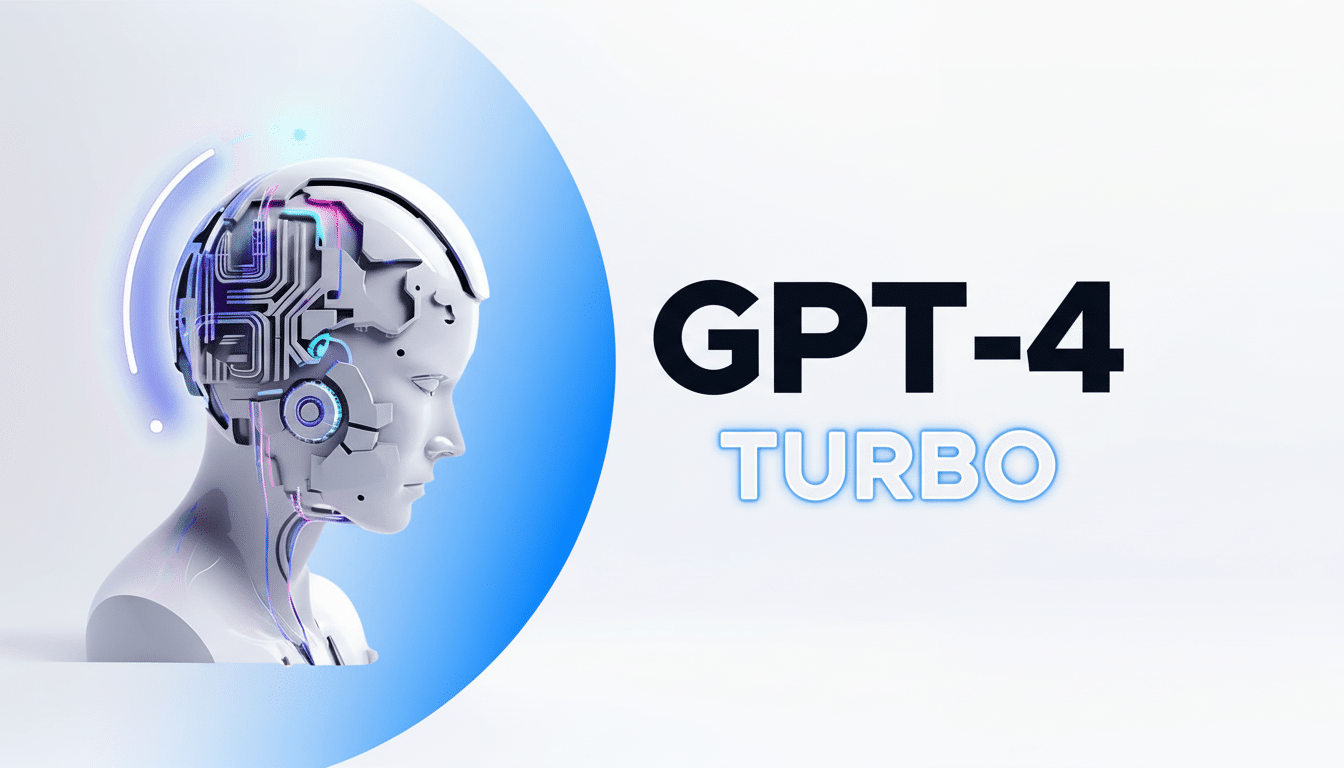OpenAI’s third developer conference is the organization’s biggest yet, with more than a thousand builders attending Fort Mason in San Francisco and thousands also tuning in around the world to watch the opening keynote. Look for marquee moments including a product-laden opening address by CEO Sam Altman; an end-of-day conversation with design legend Jony Ive; and a lineup designed to show just how far the company has gone since that first DevDay, which brought GPT-4 Turbo and the GPT Store to market.
What to Expect From the OpenAI DevDay Announcements
Privately, OpenAI has been secretive about specifics of launches, but the tea leaves suggest three directions: greater-capability multimodal models, lower-latency/lower-cost developer infrastructure, and concrete steps toward agentic workflows at scale. If history is any guide, look for improvements that better integrate text, vision, audio, and video — expanding on Sora’s splashy demos — and mechanisms for shipping those capabilities in production more easily.

Developers want better price-performance, wider context windows, faster streaming, and stronger function-calling. We might see a new experience on top of the GPT Store, especially with regard to discovery, monetization, and enterprise controls. Here’s what else is on the rumormongers’ radar: an AI-powered browser and headway on a hardware project spearheaded by Ive and other former Apple employees, both of which would suggest a move beyond APIs and into end-user experiences.
The Competitive Backdrop for This Year’s DevDay
The stakes are high. Anthropic and Google have both pushed hard on coding and reasoning, while Meta’s open-weight models are still luring startups to prioritize flexibility and cost. Thanks to this competition, the entire industry has seen pricing drop and release cycles speed up. Stanford’s AI Index has registered supercharged increases in multimodal benchmarks, as well as declining costs of inference, all trends that are reshaping developer expectations.
Usage is surging, too. GitHub’s developer reports reveal broad adoption of AI pair programmers across teams, and surveys by Stack Overflow show that most working developers are now using an AI assistant in their daily workflows. That real-world momentum applies pressure on platform reliability, governance, and trust — areas where OpenAI will need to provide specifics around safeguards, auditability, and enterprise features.
Onsite Highlights and Speakers at OpenAI DevDay
Promised for in-person attendees is a blend of product deep dives, third-party demos, and creative installations. The roster includes a talk from Cursor co‑founder Aman Sanger, San Francisco mayor Daniel Lurie, and Andreessen Horowitz investing partner Kimberly Tan, in addition to OpenAI employees like model behavior researcher Laurentia Romaniuk and Codex lead Alexander Embiricos.

OpenAI is also doubling down on experiential showcases. “Sora Cinema” offers cozy mini-theater screenings of short films produced using the video model; an interactive phone booth includes a “living portrait” of Alan Turing, who talks back. The livestream caps off with a Developer State of the Union including President Greg Brockman and Platform product lead Olivier Godement, where they preview new features before Altman and Ive end with a fireside chat about building in the age of AI.
How to Watch the Keynote and Replays Online
Remote viewers can also watch the opening keynote live on OpenAI’s official YouTube channel. That will be the lone session slated for a live broadcast. The Developer State of the Union and the closing fireside chat will be recorded and available for on-demand viewing after the event.
To make sure you don’t miss the stream, subscribe to the company’s YouTube channel and enable notifications. OpenAI usually cross-posts big news on its official blog and in their social feeds — alongside documentation, updates to the SDK, as well as example applications. If you have built on the platform, be sure to watch the release notes, as well as the platform status pages for regional availability, and don’t forget that rate-limit changes will be affected by new quota tiers.
Why Developers Care About the DevDay Announcements
Beyond flashy demos, the devil is in the details and everything will matter: token pricing, throughput, context size, and latency — they can all make or break product economics. Seek clarity around fine-tuning quality, retrieval and memory capabilities, and safer agent execution with strong tool use and sandboxing. Enterprise teams will need more robust admin controls, clearer data retention policies, and compliance tooling informed by nascent AI governance frameworks from groups like NIST and the OECD.
If the keynote does what it says on the tin and supercharges both performance gains and developer ergonomics, then anticipate rapid ripple effects across coding assistants, customer support bots, creative tools, and AI-augmented browsers. And if OpenAI combines platform upgrades with a credible distribution path, be it via a revamped GPT marketplace or further integrating the product into workflows and tools, DevDay could define how developers build the next wave of AI products shipping this year.

